Advanced UVM
Advanced UVM builds upon the concepts covered in Basic UVM to take your UVM understanding to the next level.
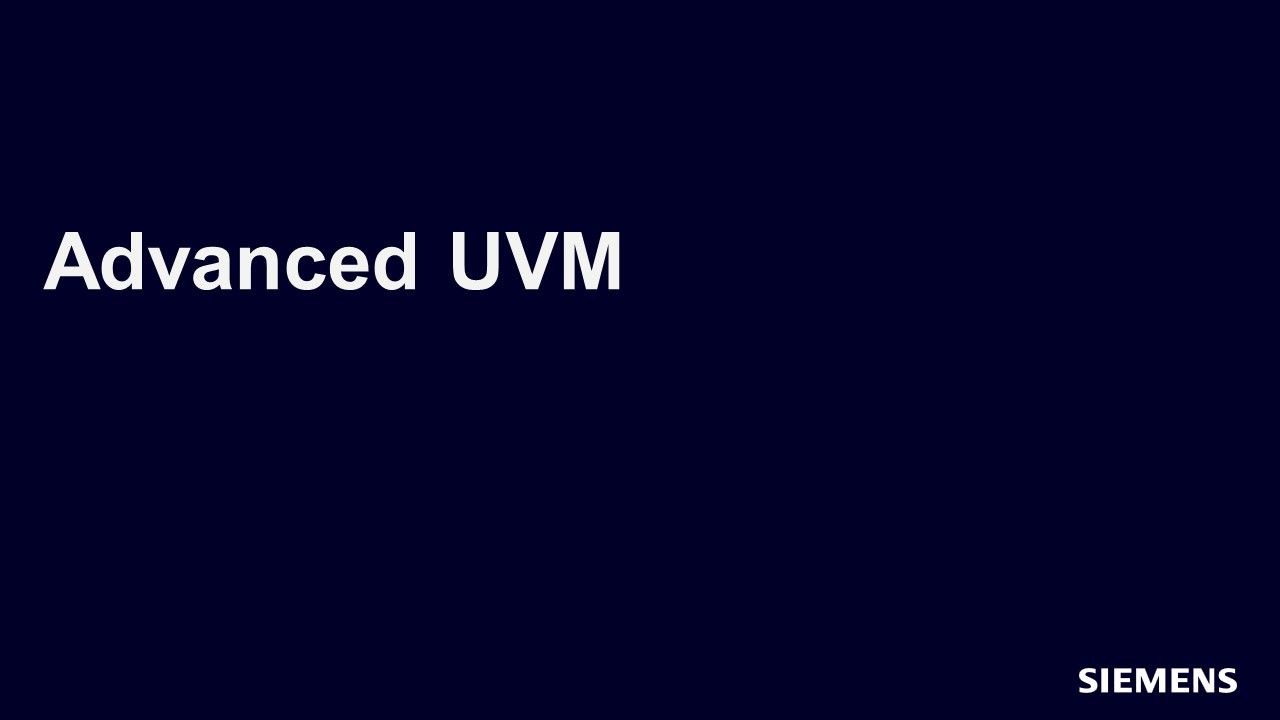
-
Sessions
-

Architecting a UVM Testbench
This session covers the basic architecture of a UVM testbench, including the introduction of the Agent/UVC component. -
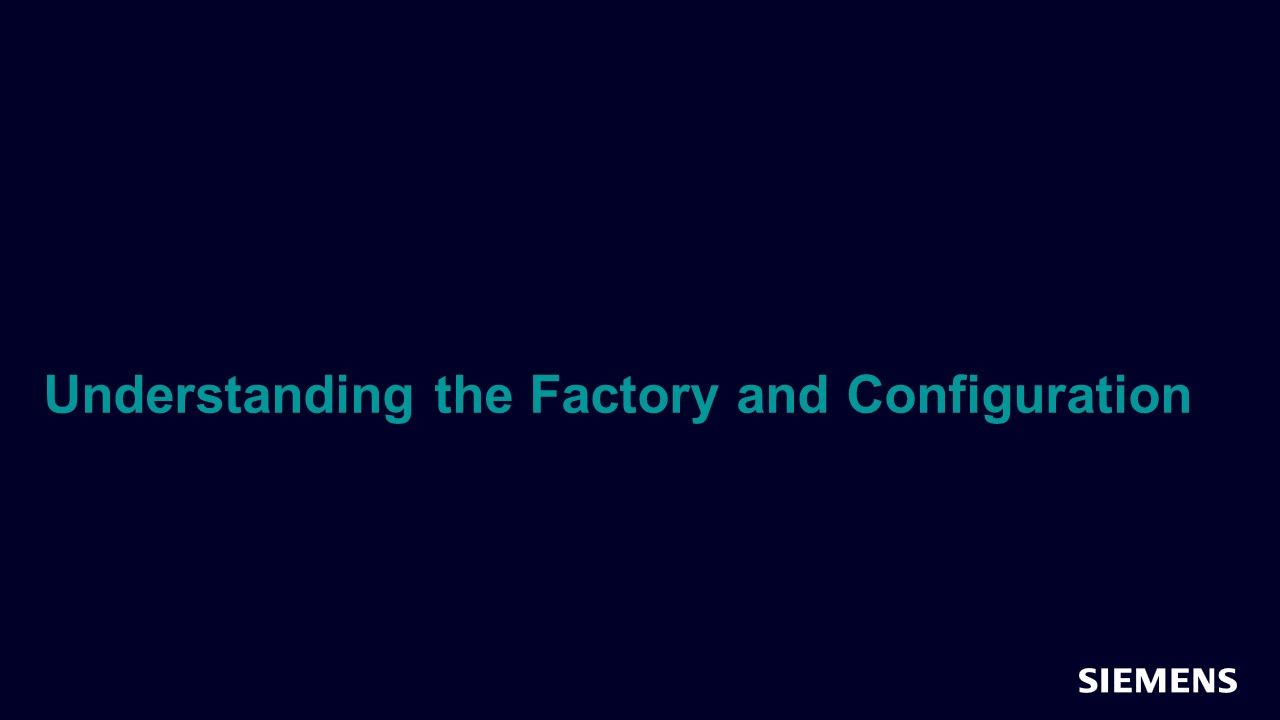
Understanding the Factory and Configuration
This session shows how tests can use the factory to control the type of components that get instantiated in a UVM environment. -
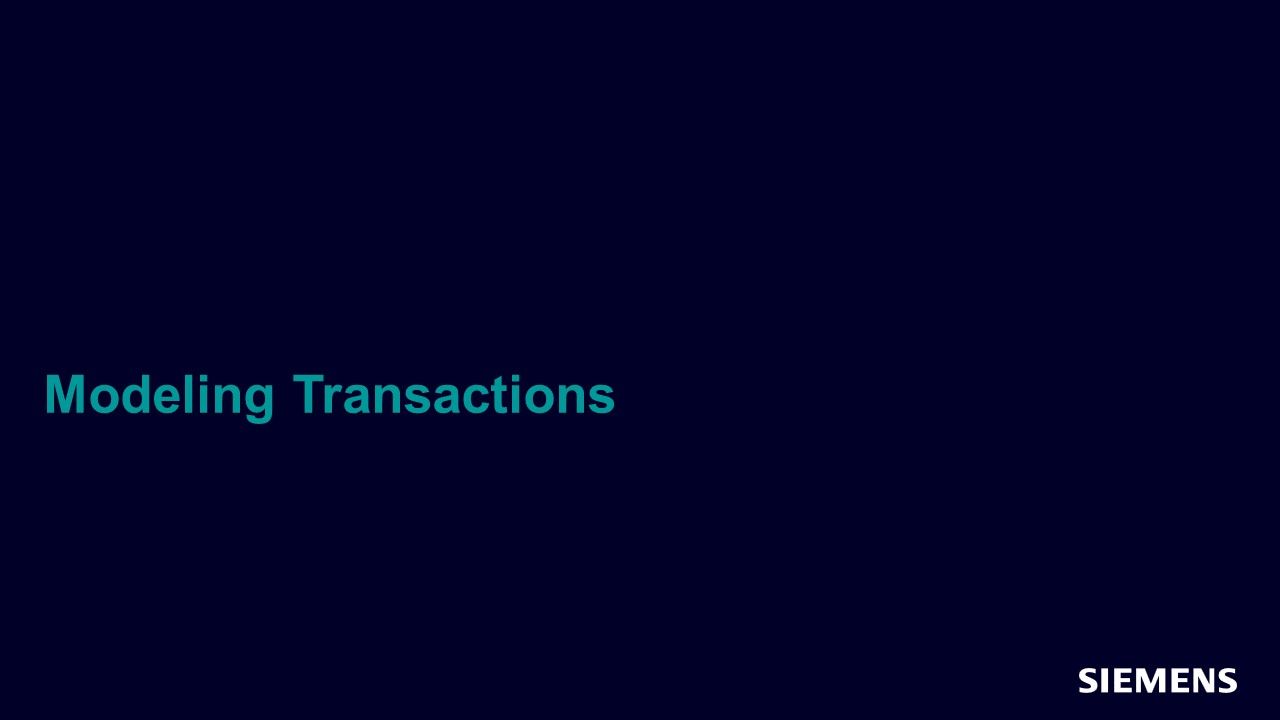
Modeling Transactions
This session outlines the methods needed in the design of a sequence item (a.k.a. “transaction") for use in UVM. -
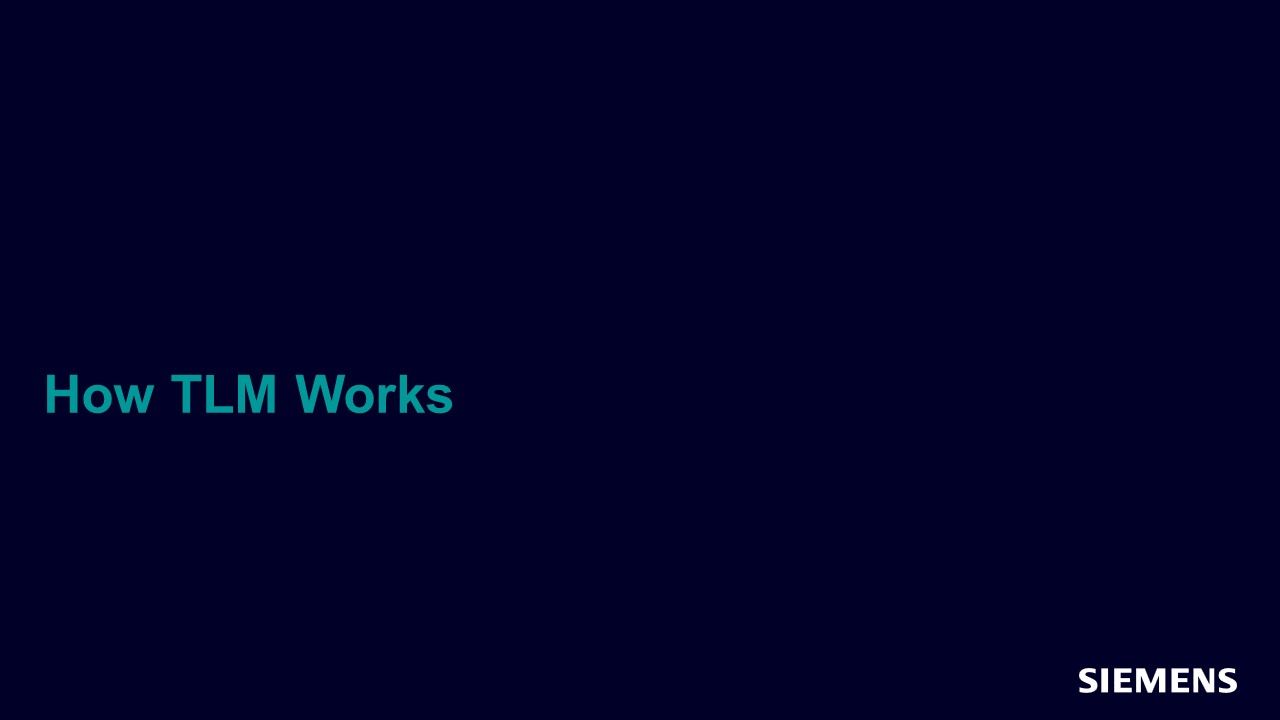
How TLM Works
This session discusses the use of TLM interfaces in UVM to facilitate the creation of modular, hierarchical components. -
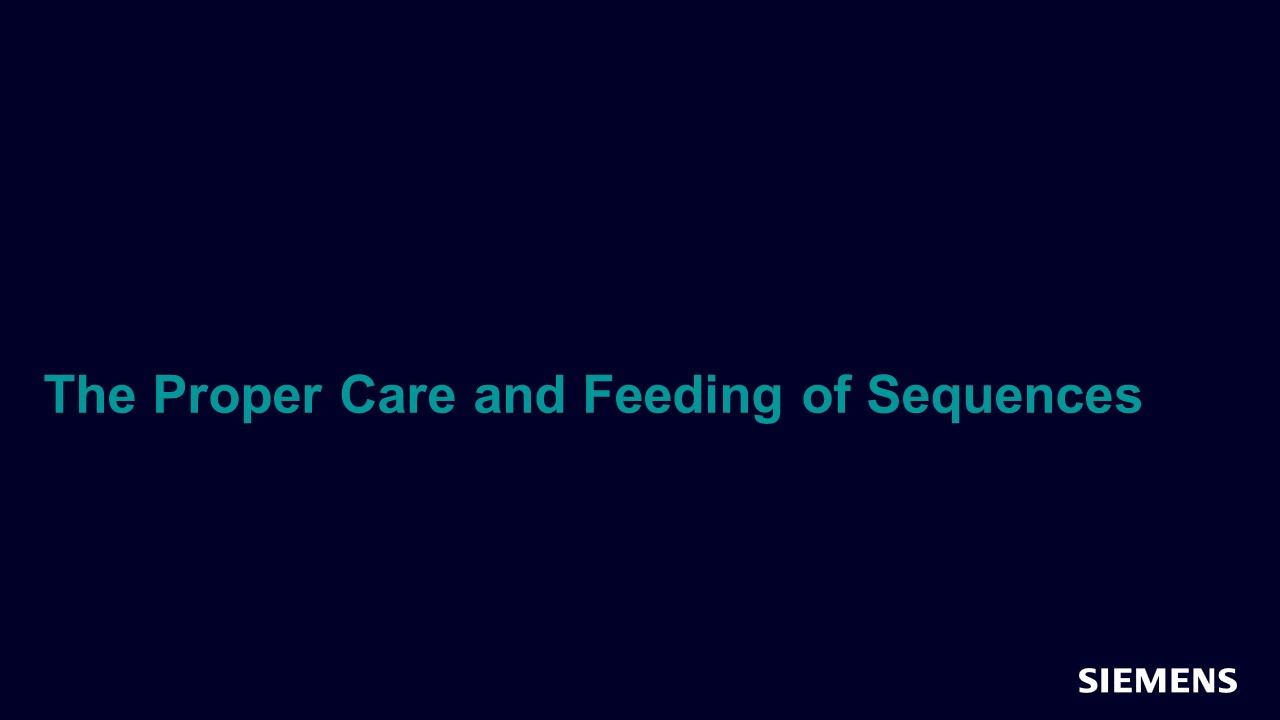
The Proper Care and Feeding of Sequences
This session covers the creation and execution of sequences, including the interaction of the sequence and driver. -

Layered Sequences
This session shows how to create a virtual sequence, which controls the execution of other sequences and how to model layered protocols. -
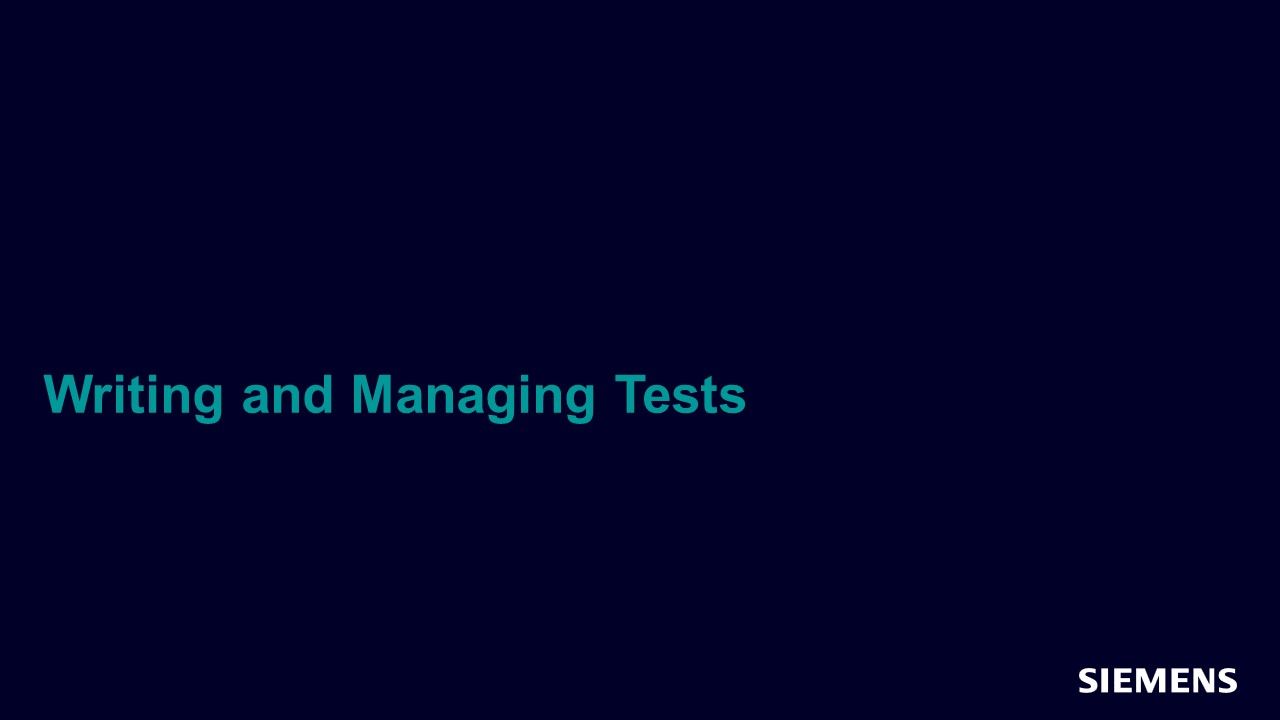
Writing and Managing Tests
This session shows how to create a set of tests derived from a base test that defines the default setup of your environment, including how to invoke specific tests from the command line. -
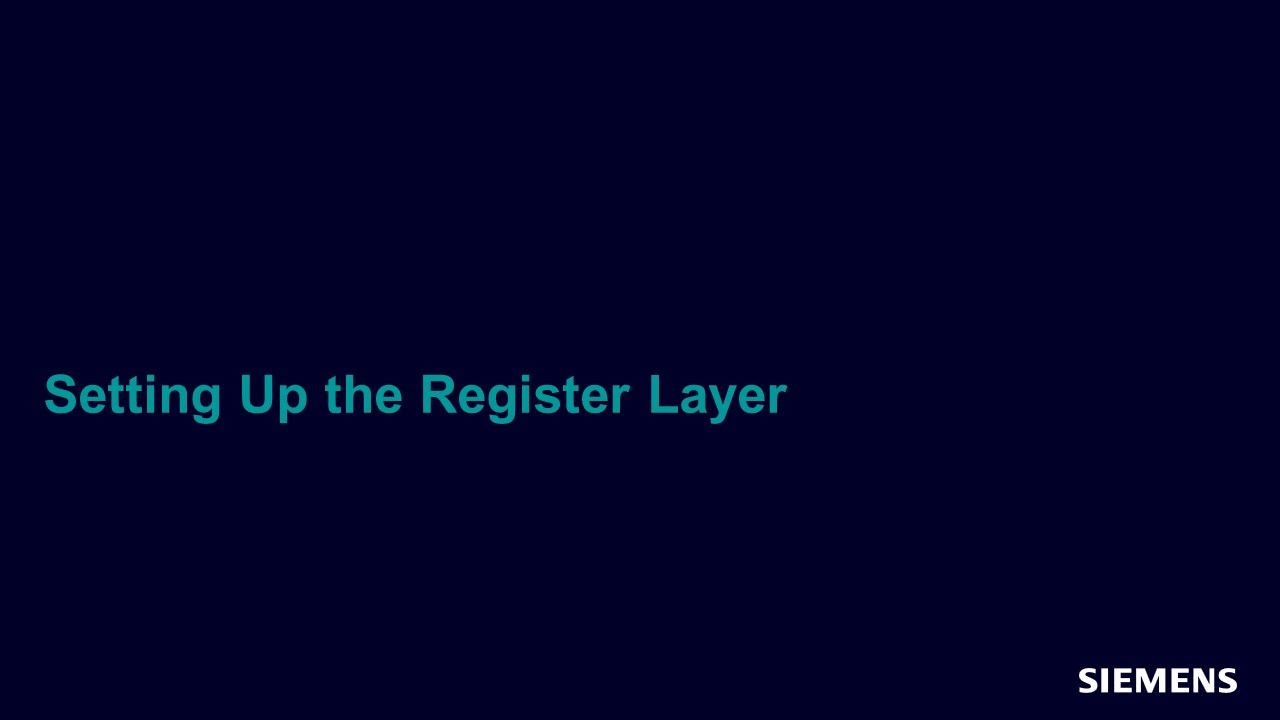
Setting Up the Register Layer
This session introduces the UVM Register Layer, showing you how to create register models that reflect the operation of the hardware registers in your DUT. -
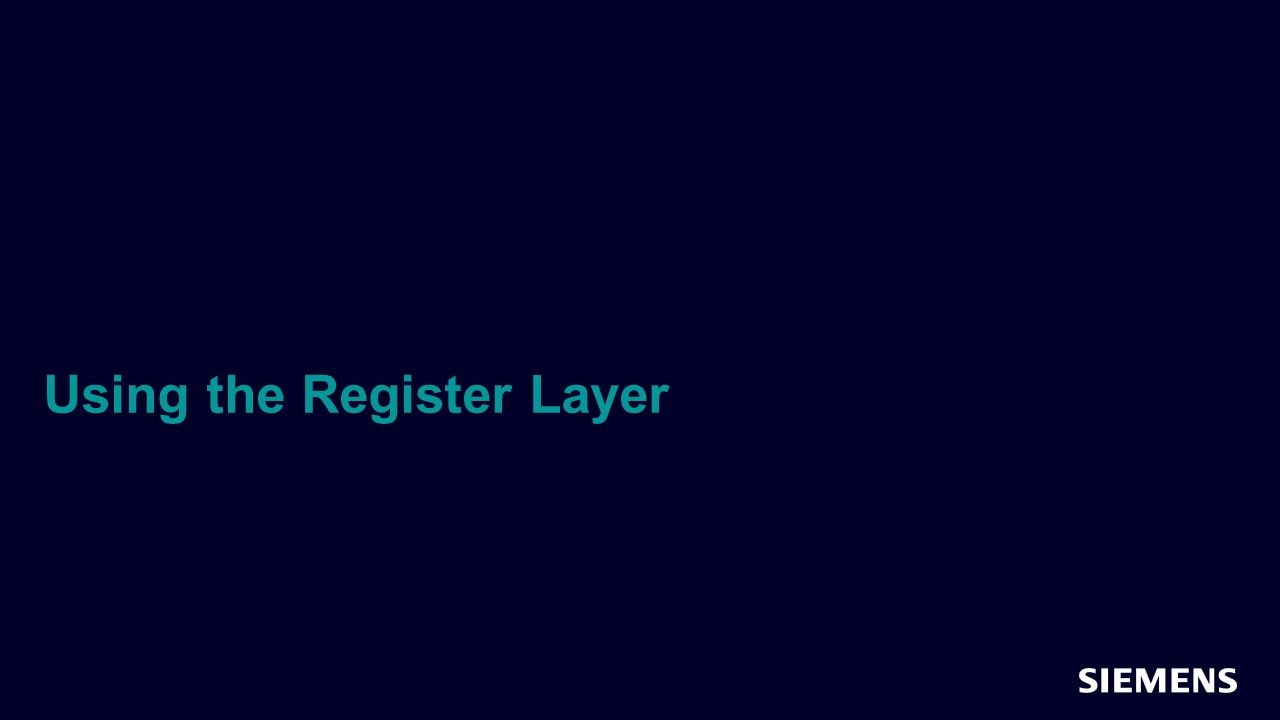
Using the Register Layer
This session discusses the various methods that a test can use to access the register model, including both “front-door” and “back-door” accesses. -

Register-Based Testing
This session shows how to round out your register-based test environment with register-level scoreboards and functional coverage.
-
-
Overview
The Advanced UVM (Universal Verification Methodology) track builds on the concepts covered in Basic UVM to take your UVM understanding to the next level.
You will learn how to build tests and verification environments, understand how to use the factory and configuration database to customize your verification IP, and how to create reusable stimulus sequences, including for multi-layer protocols. We will also introduce the UVM Register layer, showing you how to create a register model and how to write and reuse register level tests.